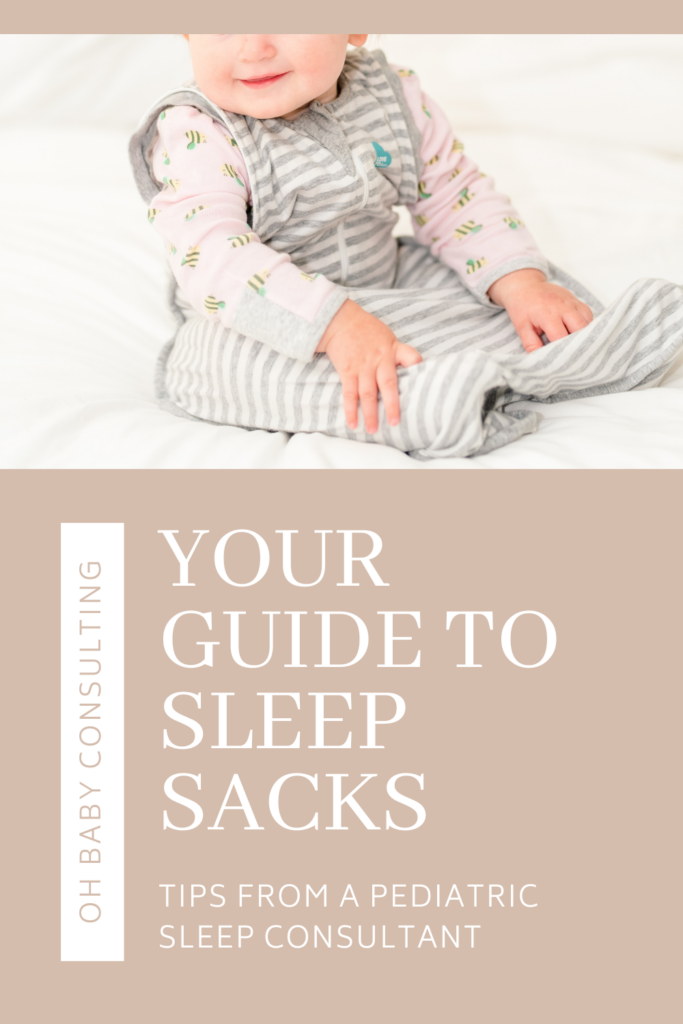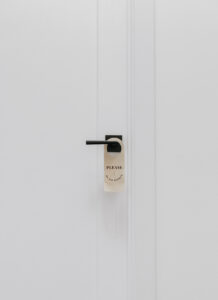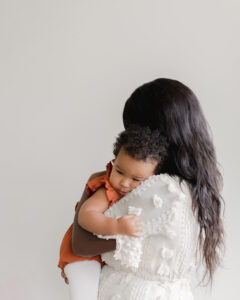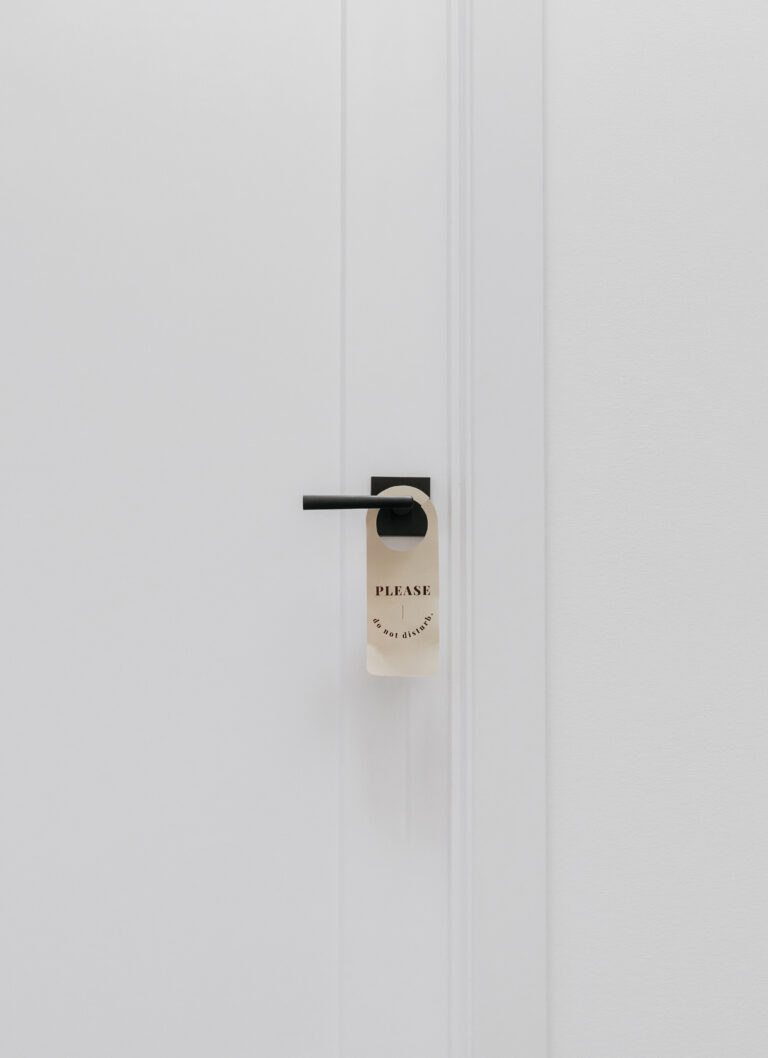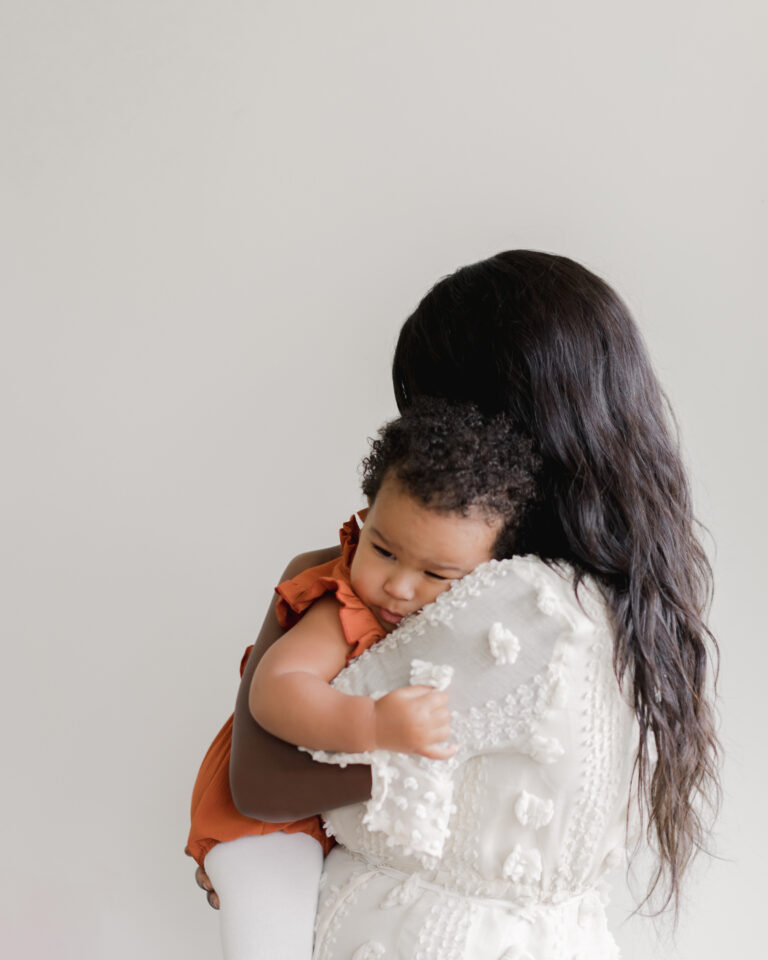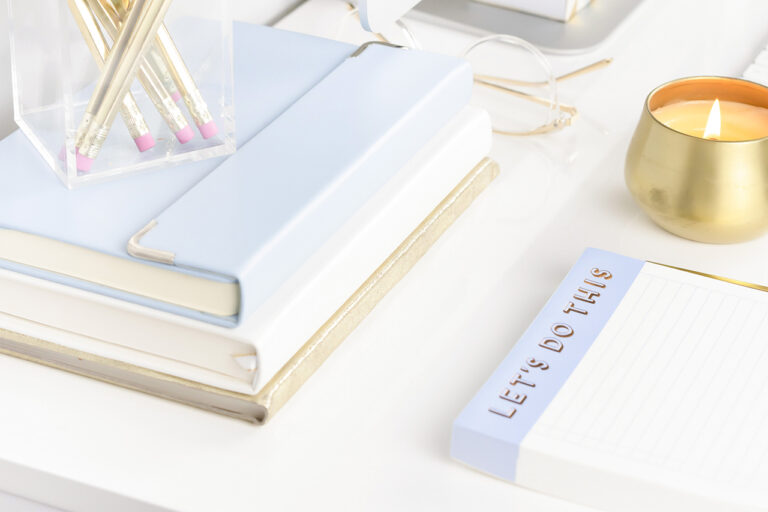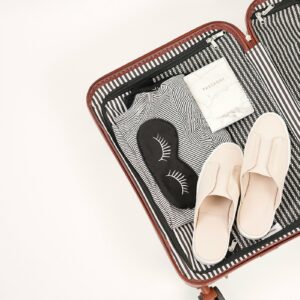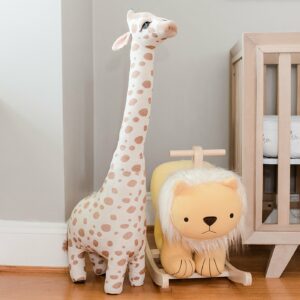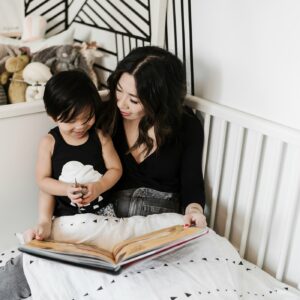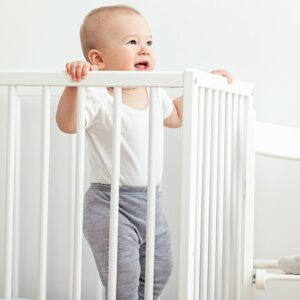Sleep sacks, wearable blankets, sleeping bags, oh my! There are so many sleep sacks out there, so I wanted to break down what exactly these wearable blankets are, why I recommend them, and which ones I love.
What are sleep sacks?
Sleep sacks – also known as wearable blankets and sleep bags – are wearable items that your child can wear to bed as an alternative to a blanket.
Why do I recommend them?
Sleep sacks are an awesome addition to your child’s sleep routine for a few reasons:
SAFETY: Putting loose bedding in your child’s crib or bassinet is not safe. A wearable blanket or sleep sack is a good alternative to the blankets we use as adults.
WARMTH: Since blankets in the crib are a no-no, sleep sacks will keep your child warm and cozy when they are sleeping. As a bonus, your child cannot kick off their sleep sack so no chance of them waking up cold in the middle of the night and needing covers replaced!
SLEEP CUE: The act of putting on your child’s sleep sack night after night is a positive sleep cue that helps their brain and body recognize that sleep time is approaching. I’ve had parents tell me that on long plane trips, they’re able to zip their child into their sleep sack and they fall asleep shockingly quickly. This is a testament to the power of a strong sleep cue.
When should you introduce a sleep sack?
A great time to introduce a sleep sack is when your baby is ready to transition out of the swaddle.
How long should you use sleep sacks?
I’m a fan of using sleep sacks until your child is ready to transition from a crib into a bed.
What is a TOG rating?
TOG stands for Thermal Overall Grade and is a way of categorizing a sleep sack’s warmth. The lower the TOG number, the lighter the fabric is. I like to think of it in terms of adult bedding:
0.5 = sheet
1.0 = blanket
2.0+ = heavy comforter
Most brands give temperature range recommendations on their websites, and you can determine whether your child sleeps warmer or cooler by feeling their chest, back, or tummy. If these areas are warm and dry then your child is at a comfortable temperature, but if these areas are cold or sweaty, then you may need to dress your child differently.
If your child sleeps warm, a lower TOG sleep sack (made from fabrics like muslin or cotton) would likely be most comfortable. If your child gets cold easily, a higher TOG sleep sack (that is quilted or fleece) will be your best bet.
Which sleep sacks do I recommend?
If you don’t already have a sleep sack that you love, some of my favorite brands include Halo, Kyte Baby (+ this great Kyte Dupe from Quince), & Burts Bees Baby.
[I independently source and vet any products that I choose to share on my site. If you buy from the links I’ve provided, I may receive a small commission, which in turn supports my work.]
Which sleep sack will help your child sleep all night long?
This is a trick question because regardless of savvy marketing techniques, there is not one magical sleep sack that is going to get your child sleeping through the night. A sleep sack is a great tool to use for establishing healthy sleep hygiene, but it is not the end-all-be-all for sleep struggles. In order to help your child sleep better, we have to teach them foundational sleep strategies to help them become an independent sleeper.
If your child is struggling in the sleep department, 1:1 coaching can help you make the changes necessary to reach all your sleep goals.
